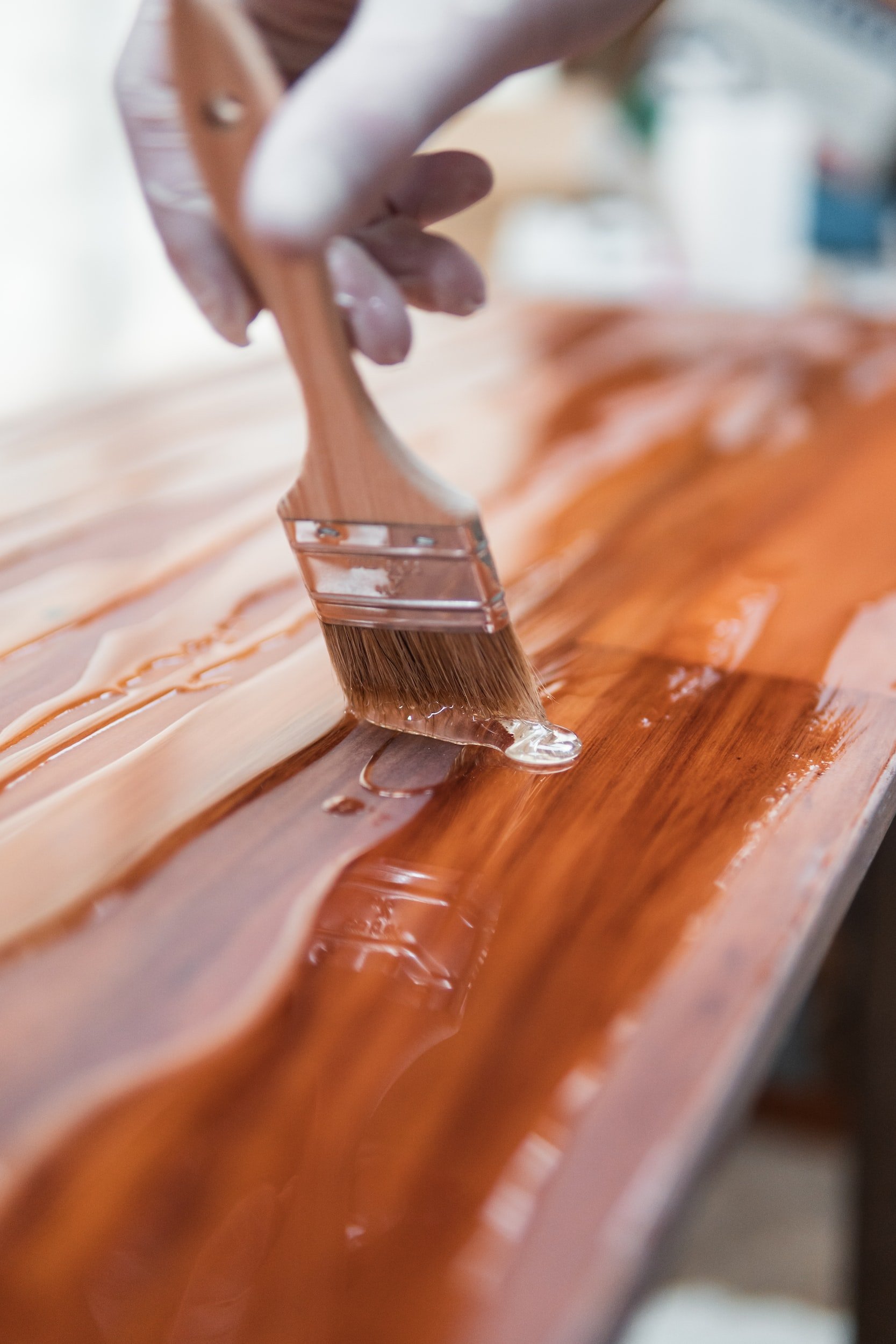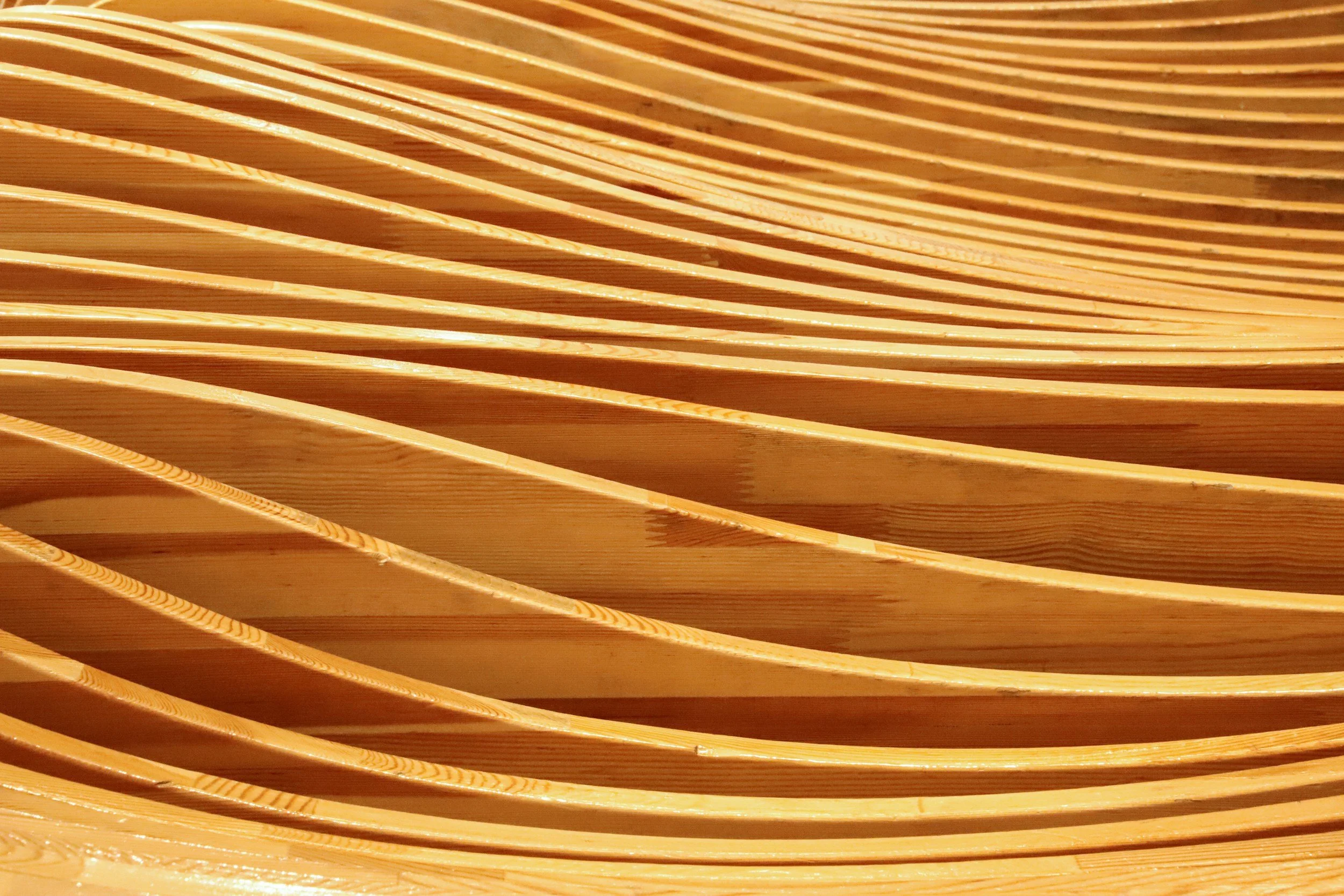What are eco-resins, and how do they work?
You may have read in our previous blog posts about resins what they are, and what the environmental cost of using synthetic resin products can be. We touch on eco resins, which are also known as “bio resins” in that first post, but even since then more of these products have come onto market.
Resin use, from manufacturing, building, to art and crafts, is more popular than ever, but consumers and customers are becoming more savvy about the use of toxic materials and are looking for alternatives. This is where eco resins come in: resins that say they will retain the usefulness of fully synthetic resin products while being environmentally friendly.
What makes something environmentally friendly?
Many products can claim to be environmentally friendly, or may in fact be more friendly to the environment than similar products on the market without being very sustainable at all. Environmentally friendly, or eco-friendly products are those that have a lower impact on the environment in some way, at some point throughout their manufacture or post-consumer life, but different products will vary in how great that impact is. It’s important to note that just because a product says it is environmentally friendly does not mean that some aspects of its ingredients or manufacture are not still harmful to the environment.
To figure out if a product does more good than harm, we can ask the following questions. When we’re looking at eco-resins, these are great questions to ask of manufacturers and stockists.
What ingredients is the product made from? Are they naturally sourced or synthetic, and are they by-products of other industries or created specifically for purpose?
Are any of the ingredients recycled or from post-consumer sources?
Does using the product create any harmful material or waste, such as fumes, or rubbish that has to be disposed of responsibly? Are there any responsible disposal options for the product?
At the end of the life of the product, is the product itself recyclable, biodegradeable, or likely to be reuseable?
So what is eco-resin/bio-resin?
In our first resin blog, we learned that an eco-resin is a resin that “derives some or all of its constituent monomers from biological sources[2]”. But that’s not really answering this question. For eco-resins, we can see that while some of the ingredients are naturally derived or recycled, the majority of the materials are still petrochemicals, some of which can still be toxic to humans and animals.
Eco-resins are definitely better than entirely synthetic alternatives for uses where resins are essential, but the term eco-resin is more of a marketing phrase than an accurate description of these resins. If you are looking to use resin for a project and the marketing materials make it sound as natural and nice as a seed oil or beeswax, always make sure to read the Safety Data Sheet to learn the actual ingredients and composition.
It might sound like we’re being harsh on resins and epoxies, but we are only because we believe there are so many wonderful alternatives to their use. Stay tuned for part 4 of our resins blog series where we discuss alternatives to resin use in woodworking.








